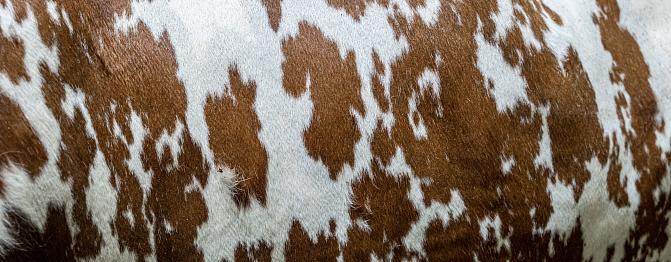Finnish dairy company Juustoportti proceeds towards carbon neutrality with three essential steps: First of all, it reduces the greenhouse gas emissions in various phases of the supply chain. Secondly, it measures the remaining emissions. The third method is compensation. Luke plays a central role in the measurement part, providing Juustoportti with needed models and calculations.

Three step model takes Juustoportti towards carbon neutrality
On this page


Like any products, milk and dairy products can’t be made without generating at least some greenhouse gas emissions on the side. Greenhouse gases are formed throughout the supply chain, especially in primary production, and in the energy production. Measuring the emissions is key to sensible reduction activities. Juustoportti partnered with Luke to define the carbon footprints of its various supply chains, based on scientific knowledge and competence.
Free range dairy products respond to consumer needs
“We wanted to offer the consumers an easy way to find carbon neutral dairy products in the supermarket”, tells Juustoportti’s director Niklas Keski-Kasari. “To respond to this need, we ended up developing the free range dairy products category. The carbon footprint of those products has been reduced to a minimum. The remaining part is compensated by financing different projects in developing countries. So far we have for example planted trees in Ethiopia as part of Gold Standard certified projects.”
We wanted to offer the consumers an easy way to find carbon neutral dairy products in the supermarket.
Juustoportti’s project with Luke started in autumn 2018, when internal planning had already taken place for approximately two years. Consumers had started to be increasingly worried about the climate. They wanted to know how they could have a positive impact on the issue by their own choices. The project advanced quickly and since May 2019 all Juustoportti’s free range dairy products are compensated as carbon neutral.
Calculating the carbon footprint of milk is complex
The most laborious task was to resolve the carbon footprint of the milk supply chain. Here Luke’s know-how and scientific foundation were essential. The calculations include for example the amounts of carbon dioxide, methane, nitrous oxide, and other greenhouse gases in the total supply chain of the product, which means the complete life cycle from dairy farm all the way to the final product. After this groundwork, it was easier to calculate the values of sour cream, for example. Throughout the project it has been essential that the calculations are reliable and they can be updated easily.
“In Finland there is a lot of talk about the carbon footprint of food products”, says Luke’s senior scientist Juha-Matti Katajajuuri. “However, systematic supply chain calculations according to PEF (Product Environmental Footprint) requirements are still quite rare. In this work more than half of the involved dairy farms volume were included in data collection. This was done to reach PEF’s requirements whenever appropriate. Performing calculations based on scientific models and primary information is our key competence. We acknowledged that, despite the complexity of the project, the pace expected by the customer is fast. Yet we were able to meet the deadlines.”
Juustoportti’s work in reducing its carbon footprint continues. The company pays attention for example in farming, packaging solutions, logistic chains, and the energy production choices of its dairy farms.
“We have already reached an important milestone with the free range dairy products, but we will continue to evolve and develop our operations even further”, says Keski-Kasari.
What was done?
Need: Defining milk’s carbon footprint reliably to meet the increasing consumer need.
Solution: A trustworthy and scientific method for calculating the carbon footprint from dairy farms to end products was tailored to the customer quickly and effectively.
Financier: Juustoportti
Collaboration model: Customer-funded research
